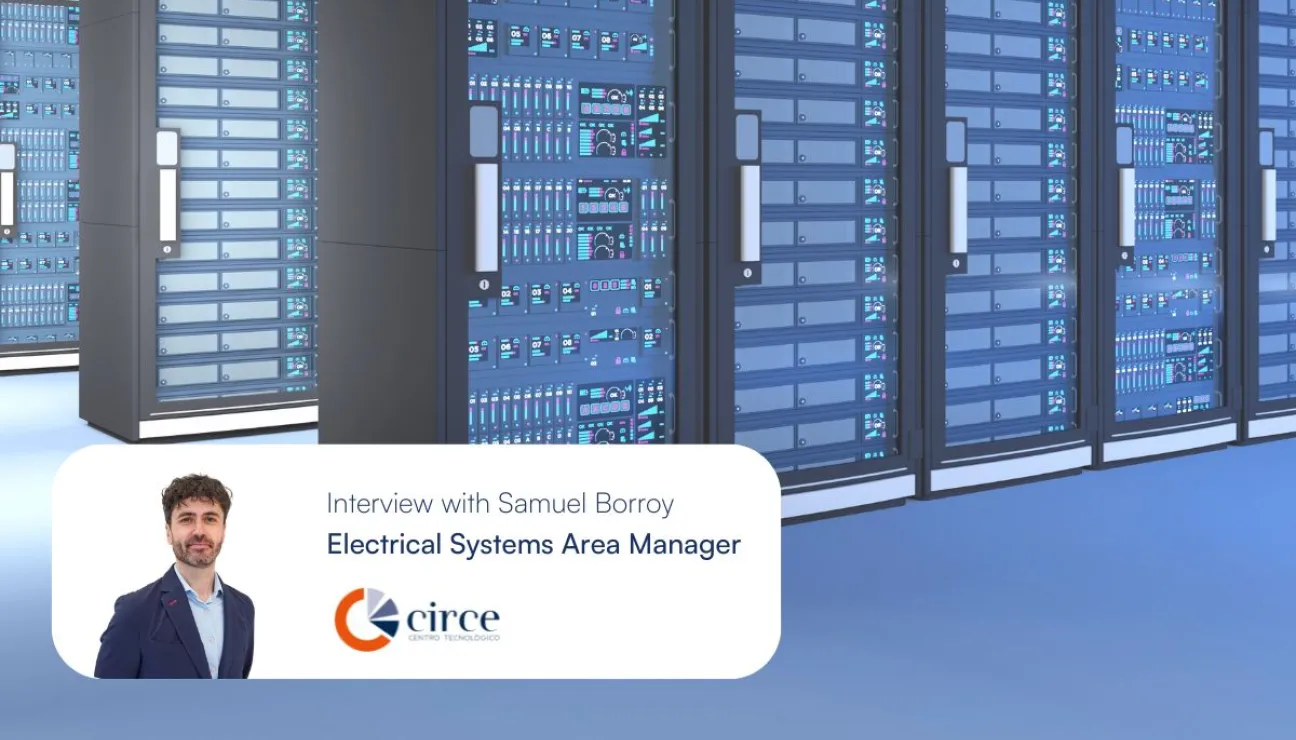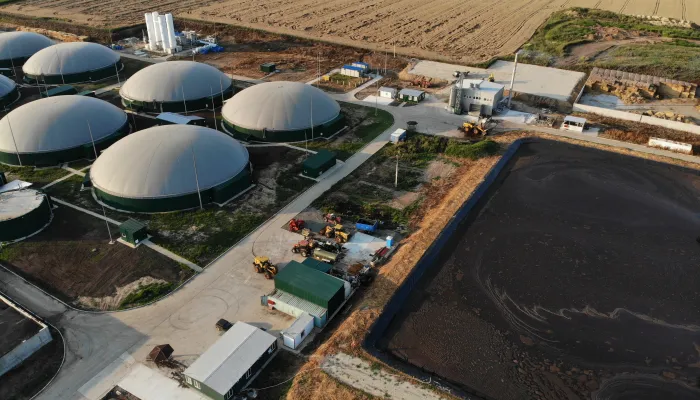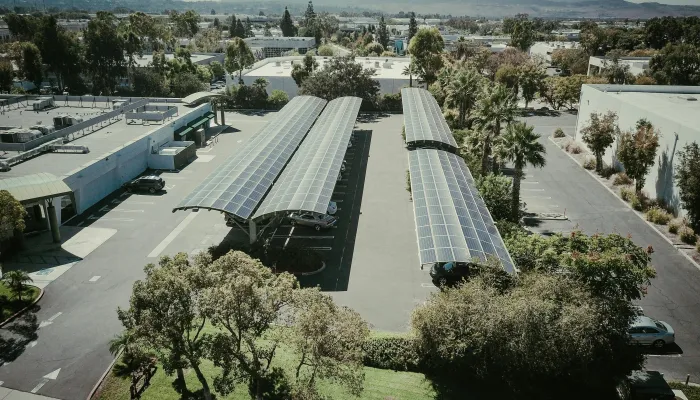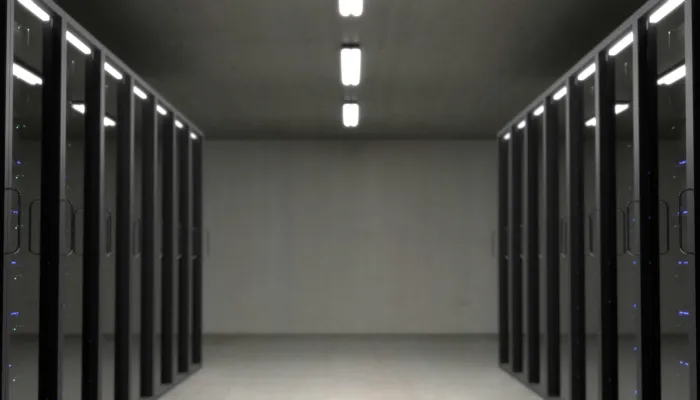Strategies for improving energy efficiency, operational resiliency and reliability in data centers

The growing demand for digital services is driving a profound transformation in the operating model of data centers. The need to ensure their availability, energy efficiency, and sustainability makes these infrastructures key players in the energy and digital transition. In this context, we spoke with Samuel Borroy, Director of the Electrical Systems Area at CIRCE, who participated in the panel “Operational resilience, reliability and energy efficiency” during DCD Connect 2025, to hear his perspective on the challenges and strategies that will shape the future of data centers.
How would you describe the current landscape of data center development in Spain?
Data center development in Spain is experiencing strong growth, driven by digitalization, the rise of cloud computing, and artificial intelligence. Spain is positioning itself as a strategic hub in the European map of digital infrastructures, and Aragón stands out as one of the regions with the greatest potential thanks to factors such as land availability, competitive access to renewable energy, strong logistical and digital connectivity, an industrial and technological ecosystem, and institutional support.
At CIRCE, we are seeing growing interest from both national and international developers in establishing data centers in Aragón. The region offers not only optimal physical and energy conditions but also a favorable institutional environment and a clear commitment to the energy transition and technological development.
What technical variables are key when selecting a data center location?
The location determines the technical, economic, and energy feasibility of the project. One of the most important aspects is the grid connection point(s), where evaluating factors such as hosting capacity (the grid’s ability to integrate new elements) is essential.
At CIRCE, we support our clients in optimizing the location of their data center projects by calculating the hosting capacity and analyzing key aspects such as supply reliability — evaluating factors like grid meshing and ASIDI or ASIFI indicators — power quality — including parameters such as voltage, frequency, harmonics, or flicker — local renewable energy sources — such as solar or wind — existing infrastructure — including fiber optic availability, land, or water access — and long-term climate projections. All of this supports informed and sustainable strategic decision-making.
What is your methodology for selecting the grid connection point based on?
Our methodology is based on modeling a digital twin of the system, which allows us to simulate different scenarios and hypotheses, producing a decision-making tool grounded in objective technical data.
The simulation model replicates the behavior of the electrical grid, considering the current topology and its projected development over the time horizon studied. It incorporates various network development hypotheses based on planned investments or even proposed ad hoc reinforcements.
We also integrate new generation and demand projects (with their respective hourly profiles) according to available forecasts or estimates.
This tool allows us to simulate system behavior and compare each potential site based on available capacity, restriction risks, and any necessary external reinforcements. Where appropriate, we also evaluate self-consumption solutions to cover part of the power demand. With all results consolidated, the developer has a clear technical and economic view to choose the most secure and competitive connection point.
What role can renewable energy play in a data center without compromising reliability?
Renewable energy can play a key role in the decarbonization of data processing centers, but its integration must be tackled with technical rigor to avoid compromising reliability.
Its intermittent nature and the challenge of predictability can threaten service continuity — especially in environments that require 24/7 electricity supply with very low failure margins. For this reason, the most robust approach combines several strategies: renewable self-consumption, energy storage, and a strong grid connection. We are also exploring emerging solutions such as fuel cells or biogas utilization, which can provide more stable and continuous energy, complementing more variable renewable sources.
Cooperation among all stakeholders (data center operators, grid operators, generation operators) is key to ensuring reliability. Beyond energy consumption, data centers can take on a proactive role in the grid, contributing flexibility to the overall stability of the electricity system — even in environments with high renewable integration. At CIRCE, we promote research into regulatory models and technological solutions that allow data centers to dynamically adjust their demand — for example, by shifting non-critical loads or managing generation and storage assets within their internal microgrids — and thereby participate in capacity markets or balancing services, optimizing their integration into the energy system.
Are reliability and resilience the two energy “musts” for data centers?
Reliability ensures continuous operation under normal conditions. Resilience is the ability to recover from failures or extreme events.
A data center’s energy design must include electrical and communication redundancy, multiple supply lines, backup generation, and the ability to island and reintegrate without disruption.
In addition, data centers can support the grid by providing services in critical moments. For example, in the U.S., models such as DCFlex, promoted by EPRI, are already being explored, where data centers become flexible grid assets, and similar initiatives are emerging in Europe. As noted previously, coordinated collaboration among stakeholders with a win-win approach will be essential to achieving the expected levels of reliability and resilience.
What role does cybersecurity play in the operation of data centers?
Today, cybersecurity is a fundamental part of the safety of electrical infrastructures. With the advance of digitalization, a failure in the communication network can compromise protection systems in the electrical grid.
It is essential to coordinate IT and OT response plans, segment subsystems, and avoid single points of failure. Training personnel and carrying out joint simulations are also critical. At CIRCE, we are working with operators to assess these cyber-physical risks and to define robust continuity plans.
Recommended article: 3 keys to efficient water use in data centers — available here






